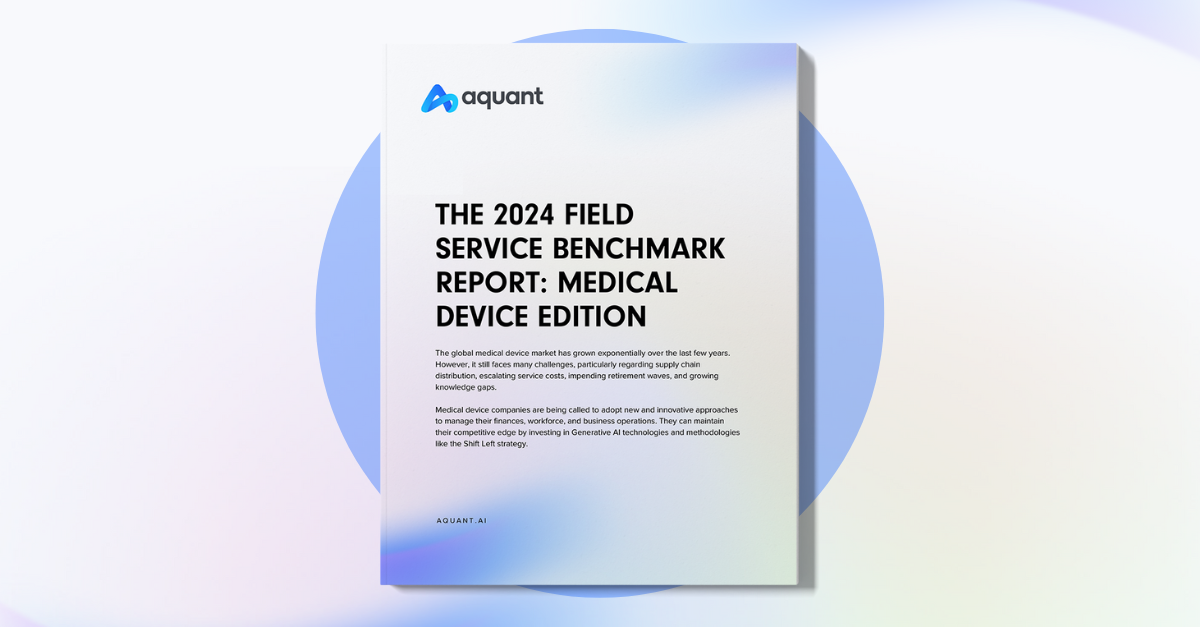Service leaders are navigating a shifting industry. They are juggling multiple challenges that are exacerbating already-existing workforce hurdles, including:
- A retirement wave
- Difficulty recruiting experienced workers
- Changes in customer demands, requiring new skillsets among the workforce
- Pandemic-driven need to limit time spent on job sites
This shift has left service leaders struggling to upskill junior employees and erase the knowledge gap that exists between the highest performing 25% of the workforce, and everyone else.
So what does this have to do with workforce KPIs? Everything. In the Field Service Benchmark Report, we analyzed how the skill level of the workforce directly impacts service performance.
In speaking to service leaders in fields ranging from medical device organizations to heavy machinery service teams, we know you feel this weight deeply. An imbalanced team is the same as an imbalance on a boat. And your KPIs go down with the ship.
The Knowledge Gap is Expensive!
The bottom quarter of the workforce costs organizations 80% more than the top quarter
In addition, the top 25 of the workforce is overloaded with tasks, called on to solve the most complex service issues, and still asked to mentor junior staff. That imbalance leads to high attrition, low morale, and poor service.

The Opportunity: Leverage Data to Increase Workforce Knowledge for Big Service ROI
By better understanding workforce performance and adopting tools that erase the knowledge gap between employees, service organizations will be able to quickly scale up performance and reduce costs.
- Service organizations whose workforces had a smaller discrepancy between top performers and lower performers (a low skills gap) show higher performance overall versus those with a high skills gap
- Small workforce improvements add up to big ROI. Here’s why:
- Boosting the bottom 25% of the workforce up modestly to the level of your average performers will result in a nearly 17% savings in service costs
- Additionally, helping boost your contenders up closer to your top performers will increase ROI by another 17%
- If everyone had the knowledge and skills to perform like the top 25% of the workforce, organizations would save 38% of service costs
Download the full Field Service Benchmark Report to learn about cost-effective methods to quickly upskill the workforce, improve KPIs, and drive rapid ROI across the entire service team.
Recent Posts
-

AI and Shift Left Will Propel Success in Medical Device Service, Says New Aquant Report
Read More »March 05, 2024 Janice Camacho -

The Power of AI in Service Management: A Journey Towards Boosting Efficiency and Customer Satisfaction
Read More »February 20, 2024 Courtney Stafford







